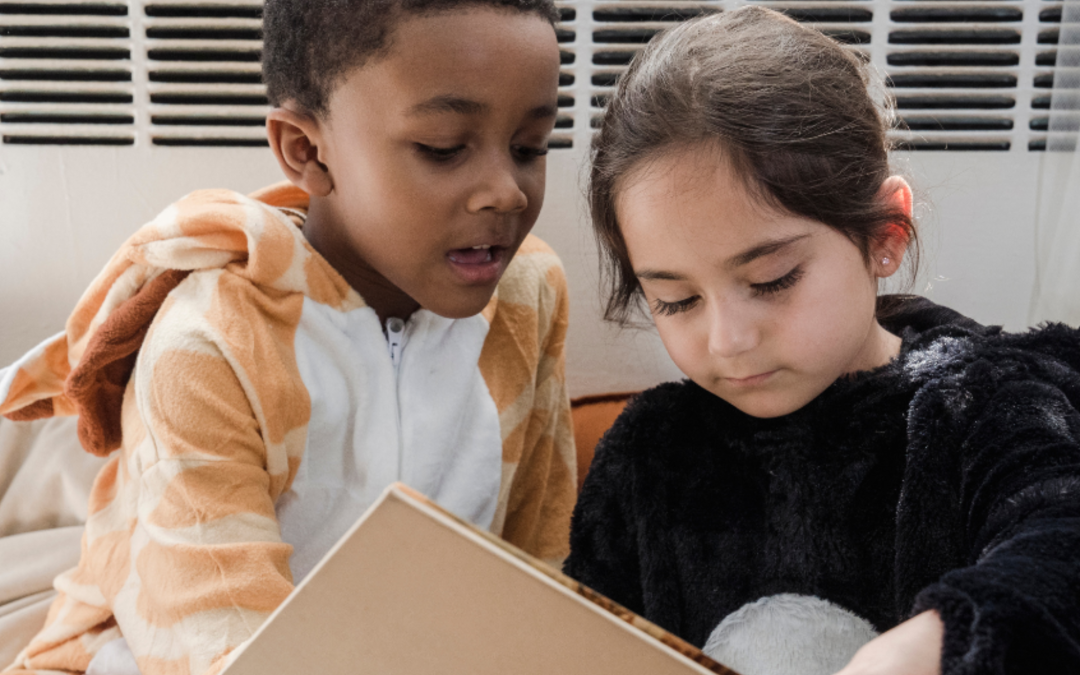3 Ways to Teach Kids Self-Care
“Self-care” is a term that gets thrown around a lot, and many even consider it’s a luxury. The truth is, self-care is actually a broad term that encapsulates many essential practices for maintaining good mental health and overall wellness. Everyone needs to reset and refresh sometimes and incorporating these routine self-care habits at home can help your child develop their own toolboxes for navigating life stressors with fortitude and confidence. In the following article presented by EndCAN, we share three ideas for how you can teach your child how to maintain a healthy relationship with self-care.
- Make It a Family Affair
Show your kids you mean business by having everyone in the family work on developing self-care habits. You can explain that self-care doesn’t simply mean having a spa day every now and then (although that can still count as self-care) , but rather is an umbrella term that encapsulates many different mind and body practices that can be incorporated into one’s daily routine.
Children emulate the behaviors modeled by the adults in their lives, so check yourself to see how your stress management might be affecting your kids, and then intentionally choose ways to reduce that stress. Also, whenever you can, carve some time out of your work schedule to spend some time with your family. Creating memories together is important, and it’s something your children will carry with themselves for years to come.
- Practice Healthy Communication
When children are taught how to express their emotions and thoughts in a constructive and respectful way, they feel better, whereas when they are unable to, they can feel enormous stress. Families who practice good communication equip their children with the tools to have healthy relationships.
The University of Delaware recommends teaching your children how to practice active listening. Active listening demonstrates to the people speaking that you are engaged in what they are saying and are striving to understand their message. It can be shown by using appropriate body language, such as facing the person who is speaking, making eye contact, and listening carefully to what they say. After someone finishes speaking, it helps to paraphrase what they said back to them both to ensure you are understanding them correctly and trying to listen.
- Begin a Meditation Practice
Meditation has been shown to help people of all ages in a variety of ways, including reducing stress, improving attention span, and bettering sleep. It can be especially beneficial for kids to learn how to meditate earlier in life, as they can use this tool independently over the years, as they navigate life and other developmental stressors.us.
The idea of getting a preschooler to sit still and think of nothing for an extended period of time may seem impossible. However, there are several easy ways to slowly introduce the concept of meditation to small children, and these can be built upon later as their practice develops. Videos such as these by Cosmic Kids can be a fun way to introduce young kids to meditation. Headspace suggests finding a quiet space in the house where you can model mindfulness meditation for your children so that they can learn the value of habitual meditation.
Don’t let stress ruin the lives of you and your children. Learn to practice self-care — and create memories — together in healthy ways that will bring joy, relief, and closeness to the whole family.
Janice Russell believes the only way to survive parenthood is to find the humor in it. She created Parenting Disasters so that parents would have a go-to resource whenever they needed a laugh, but also to show parents they aren’t alone. She wants every frazzled parent out there to remember that for every kid stuck in a toilet, there’s another one out there somewhere who’s just graced their parents’ walls with some Sharpie artwork!



Recent Comments